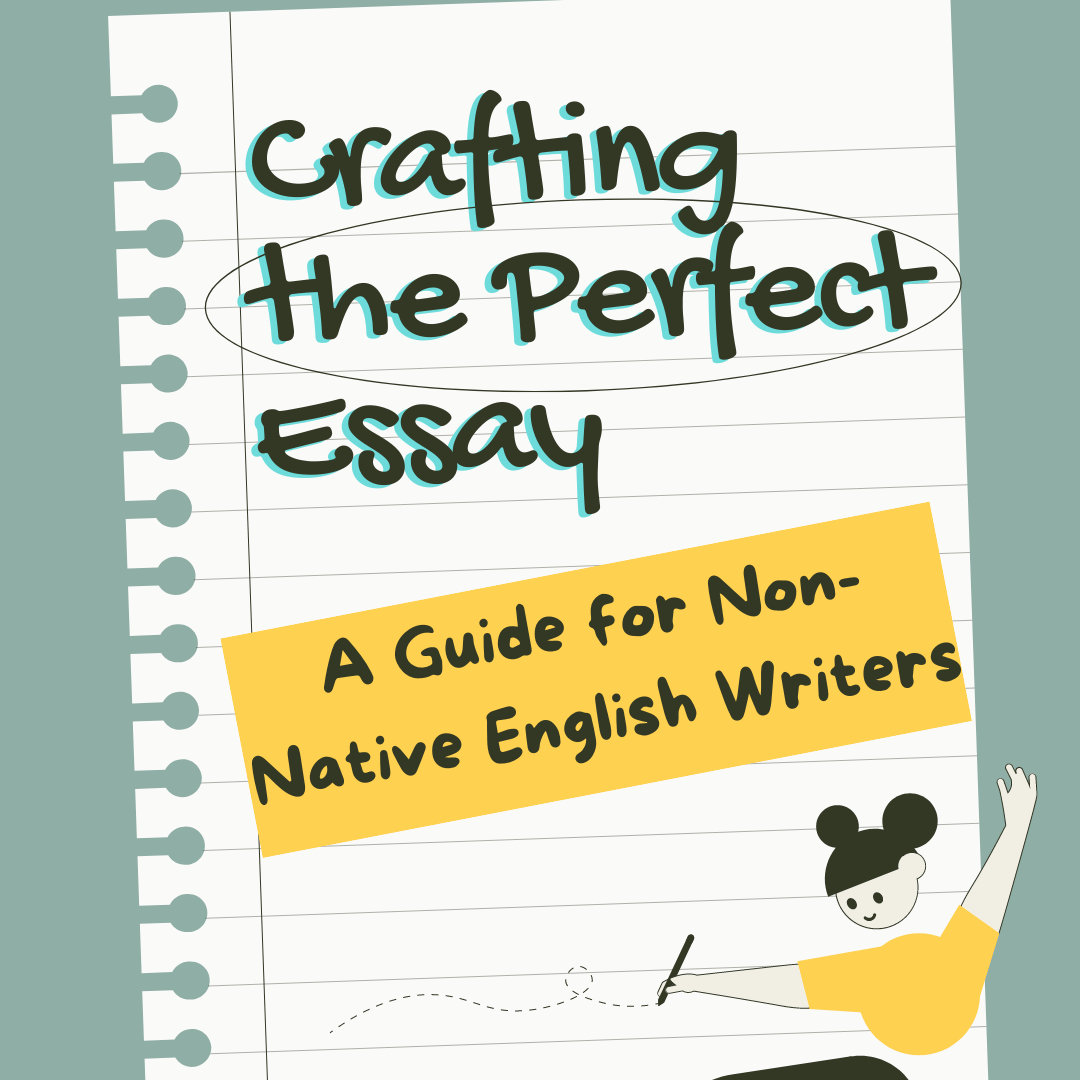Writing an essay in English as a non-native speaker can be challenging, but with the right approach, you can craft clear, coherent, and engaging pieces. In this guide, we'll break down each step of the essay-writing process—from planning to proofreading—so you can build confidence and improve your skills.
1. Understand the Assignment
Before you begin writing, ensure you fully understand the topic and the essay requirements. Identify key questions:
- What is the main subject?
- What is the essay format (argumentative, descriptive, etc.)?
- What is the required length?
2. Brainstorm and Plan
Take time to brainstorm ideas before writing. Here’s how:
- Mind mapping: Create a visual plan with the main topic in the center and branches for key points.
- List-making: Jot down ideas related to the essay’s topic.
- Research: Gather facts, examples, and quotes to support your arguments.
Read our other articles:
Mindfulness in Language Learning
English Learning Hacks for Busy People
3. Develop a Clear Thesis Statement
Your thesis is the central argument or point of your essay. It should be concise and reflect the purpose of your writing. A strong thesis helps guide your essay structure and keeps you focused.
Example: Weak thesis: "There are good and bad aspects of technology." Strong thesis: "While technology offers convenience, its negative impact on social interaction cannot be ignored."
4. Create an Outline
An outline helps organize your ideas logically. A typical structure includes:
- Introduction: Introduce the topic and present the thesis.
- Body paragraphs: Each paragraph should cover one main point, backed by evidence or examples.
- Conclusion: Summarize the key points and restate the thesis.
5. Write the Introduction
The introduction sets the tone for your essay. It should:
- Hook the reader’s attention (e.g., with a question or interesting fact).
- Provide background information on the topic.
- End with your thesis statement.
Example: "In today's world, technology is a double-edged sword. It connects us in ways never imagined, but also isolates us. This essay explores how technology influences human interaction, arguing that it has more drawbacks than benefits."
6. Compose Strong Body Paragraphs
Each body paragraph should start with a clear topic sentence that introduces the main idea. Follow it with supporting details, such as:
- Evidence: Use facts, statistics, or expert opinions.
- Examples: Provide real-world examples or scenarios.
- Explanation: Analyze how the evidence supports your thesis.
7. Write the Conclusion
The conclusion wraps up your essay and should:
- Restate the thesis in a new way.
- Summarize the main points.
- End with a final thought or call to action.
8. Proofreading and Editing
Once you've finished writing, take time to revise:
- Grammar and punctuation: Check for common errors like verb tense and subject-verb agreement.
- Clarity: Ensure your ideas flow smoothly and logically.
- Word choice: Avoid repetition and choose precise vocabulary.
- Spelling: Run a spellcheck, but also manually review for context-specific errors.
Final Tips:
- Read your essay out loud: This helps you catch awkward phrasing or unclear sentences.
- Take breaks: After finishing, step away before revising to approach it with fresh eyes.
- Ask for feedback: If possible, have a friend or teacher review your essay.
Download Bookvo Now!










